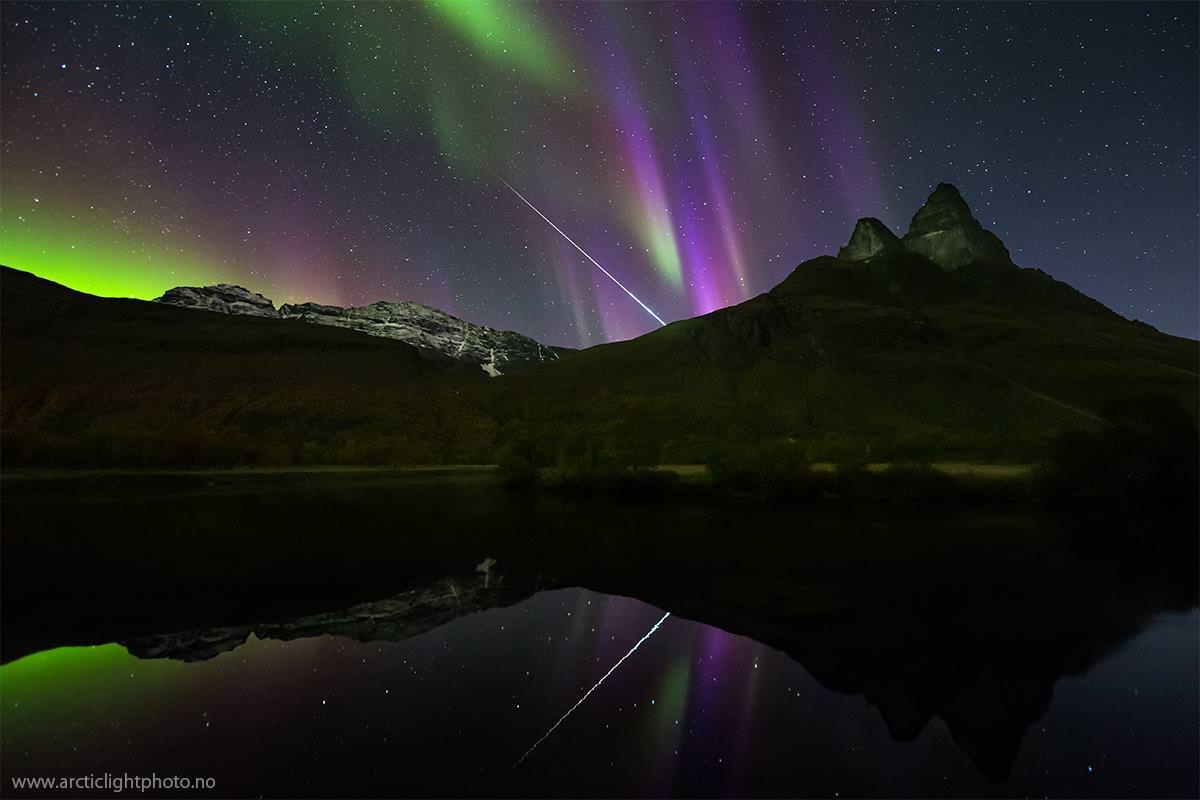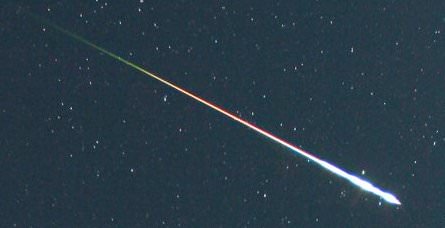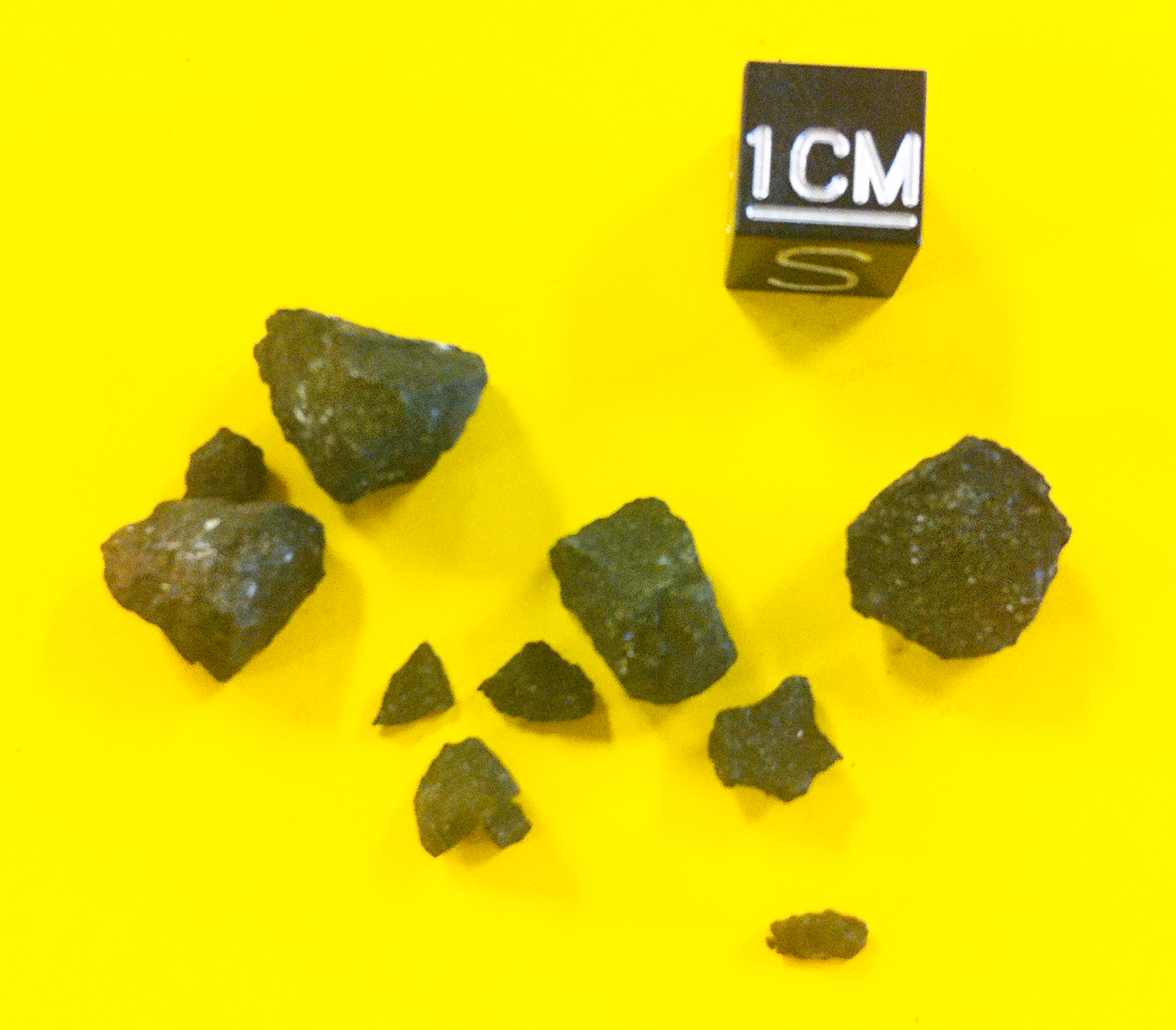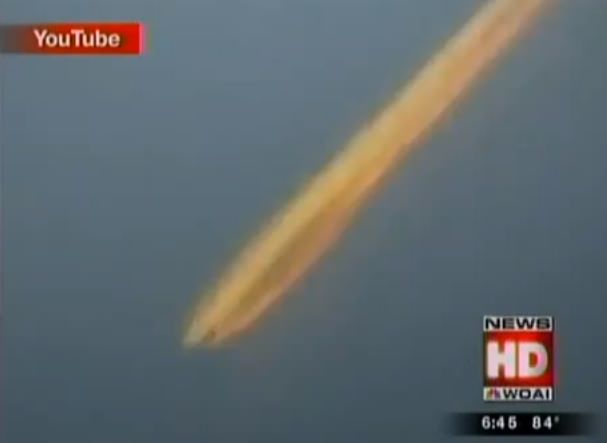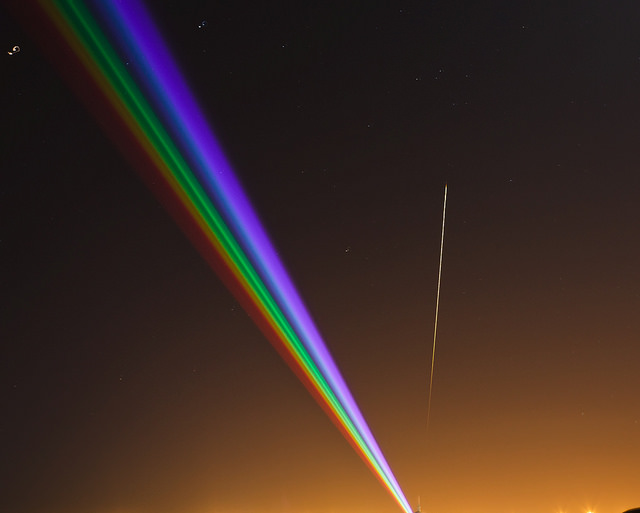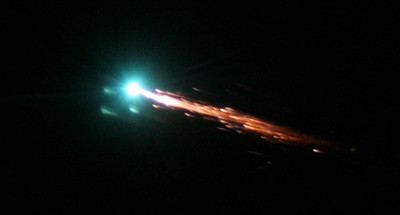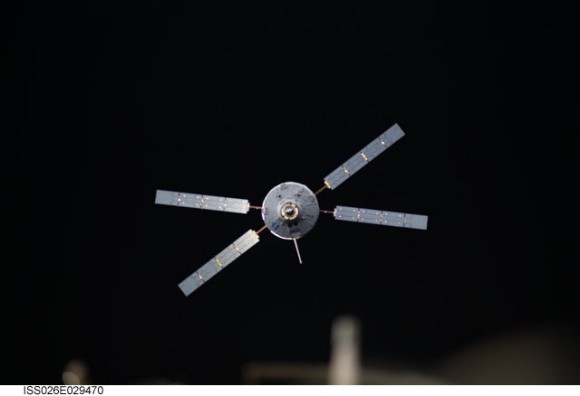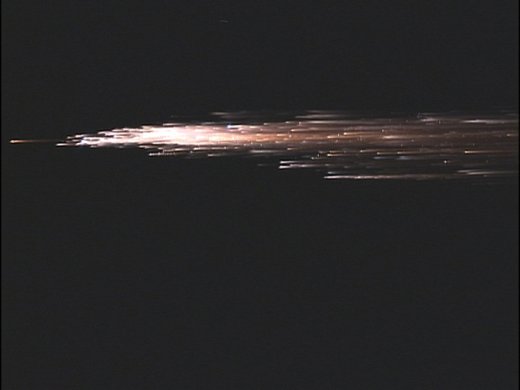A bright fireball slashes through curtains of aurorae shimmering above the mountains of northern Norway, captured on camera by Ole C. Salomonsen in the early hours of September 20.
Salomonsen, a master at photographing the Northern Lights, says this was the biggest fireball he’s ever caught on camera.
“The fireball lasted for about 6-7 seconds until it vanished behind the mountain,” Ole recalls. “By the way, this mountain is over 1350 meters (4440 feet) high, and I am standing only 600 meters from the foot of it, so do not be fooled by the 14mm wide angle lens! There was some very distinguished blue colors surrounding the fireballs edges. Never ever seen anything big like this!”
The mountain at right is called “Otertinden”, and is about a 90 minute drive north of Tromsø, Norway — a hot spot for stunning auroral displays.
And if you’re wondering if the aurorae and the meteor are really in the same region of the atmosphere, well, they likely are. Incoming meteoroids begin to glow at around 70 to 100 km up, which is also about the same altitude that aurorae are visible.
Although Ole stated that this wasn’t the best aurora photo from the shoot, the fireball and its reflection in the still river made him feel this one “deserved to go first.”
The photo was taken with a Canon EOS 1D-X and a Nikon 14-24mm lens.
See more of Ole’s work on his website, www.arcticlightphoto.no, and you can like his page on Facebook here. (Also he’s got a couple of great time-lapse videos too!)
Image © Ole C. Salomonsen. All rights reserved. Used with permission.

